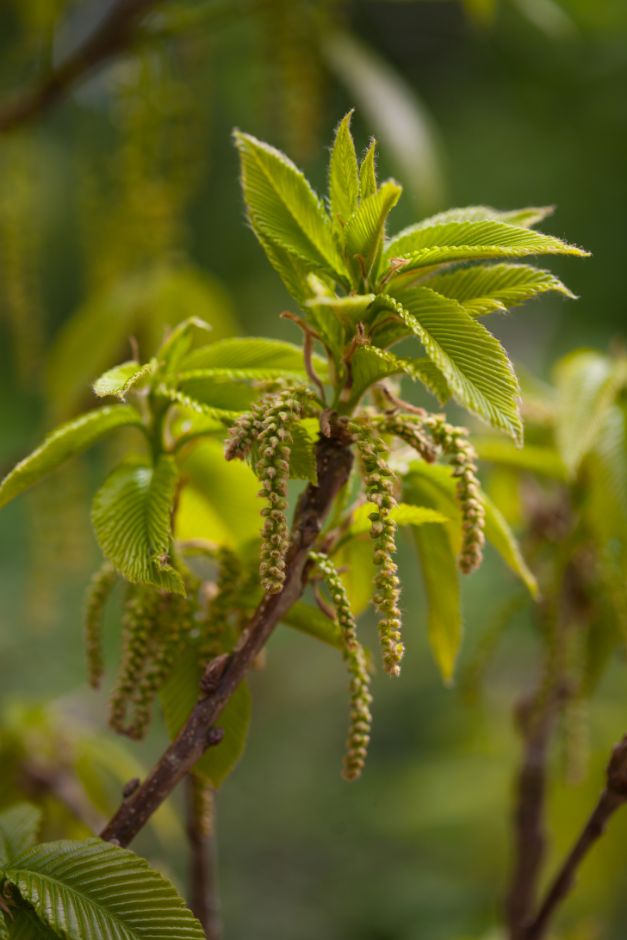Quercus pontica
Armenian oak
A slow-growing, deciduous shrub or small tree to 6m tall with a broadly oval head and stout, upright branches. Its large, oval, toothed leaves are strongly ribbed and up to 25cm long and 12cm wide; the bright green foliage turns yellow in autumn. Females flowers are inconspicuous whilst male flowers appear in showy, olive-yellow catkins; large acorns 2.5-4cm long are borne in clusters in autumn

Buy this plant
Size
Ultimate height
4–8 metresTime to ultimate height
20–50 yearsUltimate spread
4–8 metresGrowing conditions
Moisture
Moist but well–drainedpH
Acid, Alkaline, NeutralColour & scent
| Stem | Flower | Foliage | Fruit | |
| Spring | Green Yellow | Green | ||
|---|---|---|---|---|
| Summer | Green | |||
| Autumn | Yellow | Brown | ||
| Winter |
Position
- Full sun
- Partial shade
Aspect
South–facing or North–facing or West–facing or East–facing
Exposure
Exposed or Sheltered Hardiness
H6Botanical details
- Family
- Fagaceae
- Native to GB / Ireland
- No
- Foliage
- Deciduous
- Habit
- Bushy
- Potentially harmful
- Pets (dogs): Harmful if eaten - for further information and contact numbers regarding pets, see the HTA guide to potentially harmful plants
- Genus
Quercus can be deciduous or evergreen trees or shrubs, with entire, lobed or toothed leaves; flowers inconspicuous, followed by characteristic acorns; sometimes good autumn colour
- Name status
Correct
- Plant range
- NE Turkey, Caucasus
How to grow
Cultivation
Grow in full sun or part shade in a deep, well drained soil
Propagation
Propagate by seed or by grafting
Suggested planting locations and garden types
- Low Maintenance
- Hedging and screens
Pruning
Pests
May be susceptible to oak processionary moth, aphids, caterpillars, leaf-mining moths and oak gall wasps
Diseases
May be susceptible to powdery mildews and honey fungus
Love gardening
Sign up to receive regular gardening tips, inspiration, offers and more
View our Privacy Policy
Get involved
The Royal Horticultural Society is the UK’s leading gardening charity. We aim to enrich everyone’s life through plants, and make the UK a greener and more beautiful place.